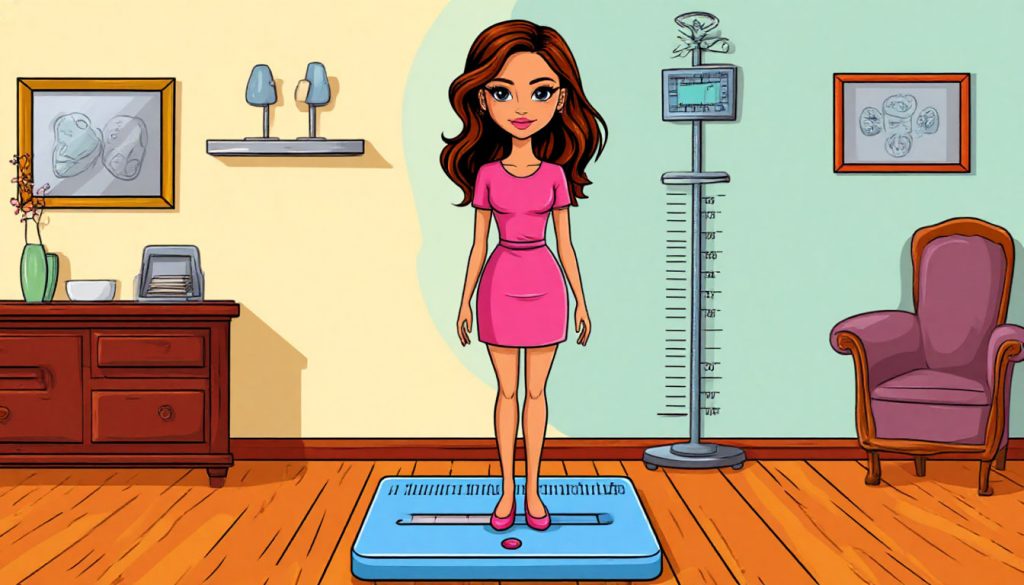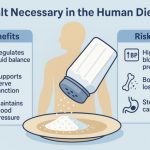A calorie deficit is the foundation of most weight loss strategies. It occurs when you consume fewer calories than your body burns, prompting it to use stored fat for energy. While the concept is simple, implementing it effectively and safely requires understanding how the body uses energy, what affects your metabolism, and how to avoid common mistakes.
What Is a Calorie Deficit?
Every day, your body uses calories for:
- Basal Metabolic Rate (BMR) — energy needed to maintain vital functions at rest (breathing, heartbeat, brain function).
- Physical activity — any movement, from walking to intense exercise.
- Digesting food — known as the thermic effect of food.
When you eat fewer calories than your total daily energy expenditure (TDEE), the body begins breaking down fat and muscle tissue to cover the gap.
Example:
- You burn 2,200 calories/day
- You eat 1,800 calories/day
- → You are in a 400-calorie deficit
Over time, consistent deficits lead to weight loss.
Benefits of a Controlled Calorie Deficit
- Fat loss while preserving lean muscle (especially if combined with resistance training)
- Improved insulin sensitivity and blood sugar control
- May support lower blood pressure and cholesterol
- Enhanced body composition and energy efficiency
However, results depend on consistency, diet quality, and individual factors like hormones, sleep, and stress.
Risks of an Excessive Calorie Deficit
Going too low with calories can backfire:
- Muscle loss and slowed metabolism
- Nutrient deficiencies (iron, B vitamins, calcium, etc.)
- Fatigue, irritability, and poor concentration
- Hormonal imbalances (especially in women, affecting cycles and fertility)
- Binge eating and weight regain after restrictive periods
That’s why experts recommend a moderate deficit of 300–500 calories/day for sustainable and healthy weight loss.
How to Create a Calorie Deficit Safely
- Calculate your TDEE using online calculators or apps.
- Subtract 300–500 calories to set your daily intake target.
- Focus on nutrient-dense foods: lean proteins, whole grains, fruits, vegetables, and healthy fats.
- Combine with strength training and moderate cardio for optimal fat loss and muscle preservation.
- Track your progress weekly, not daily, and adjust as needed.
- Ensure adequate protein intake and sleep to protect metabolism.
Always consult a doctor or registered dietitian before beginning any weight-loss plan, especially if you have medical conditions.
Glossary
- Calorie deficit — When you eat fewer calories than your body burns, leading to weight loss.
- BMR (Basal Metabolic Rate) — The number of calories your body needs at rest.
- TDEE (Total Daily Energy Expenditure) — The total calories burned daily including all activities.
- Thermic effect of food — Energy used to digest and absorb nutrients.
- Nutrient-dense foods — Foods rich in vitamins and minerals relative to their calorie content.


